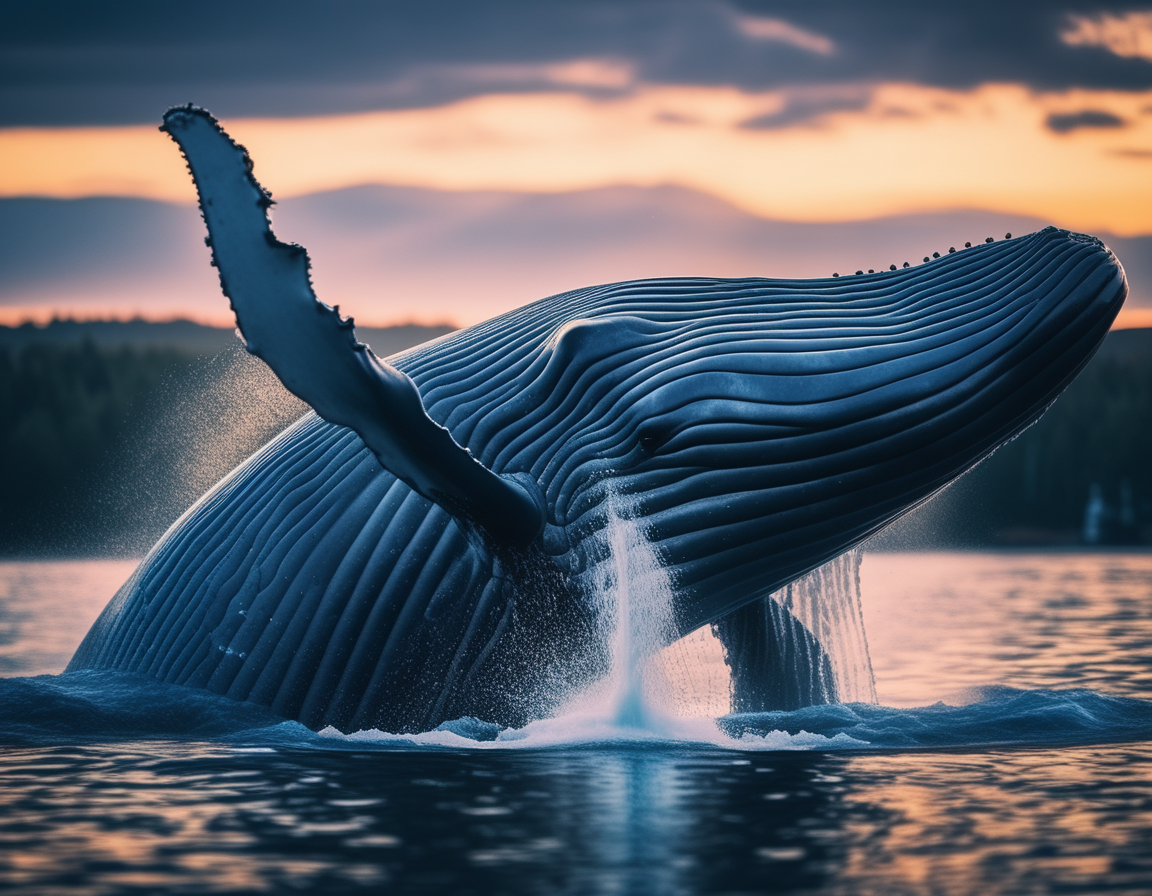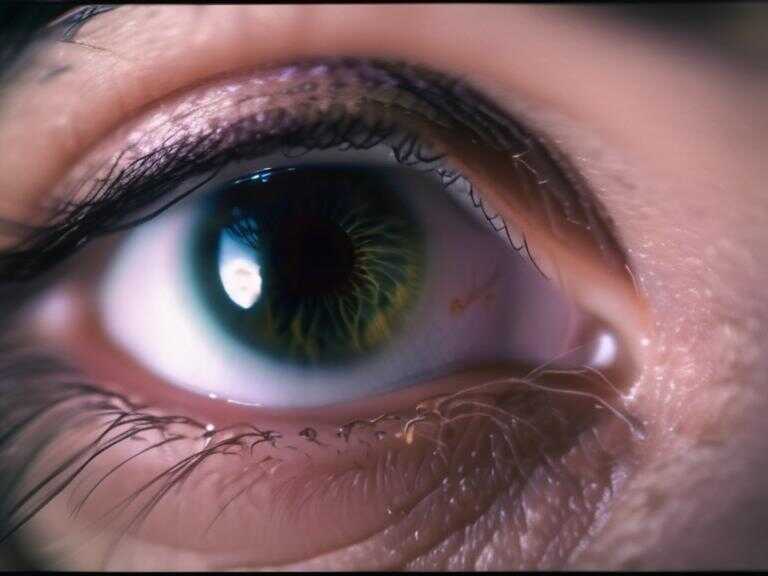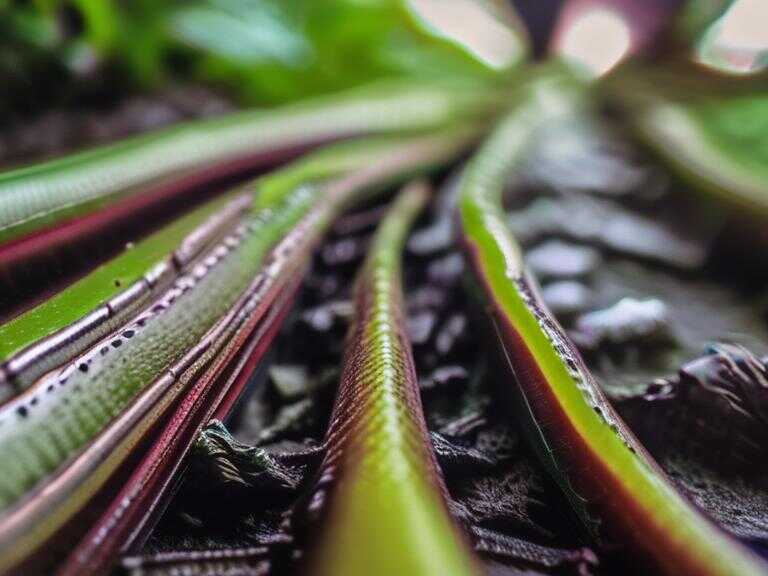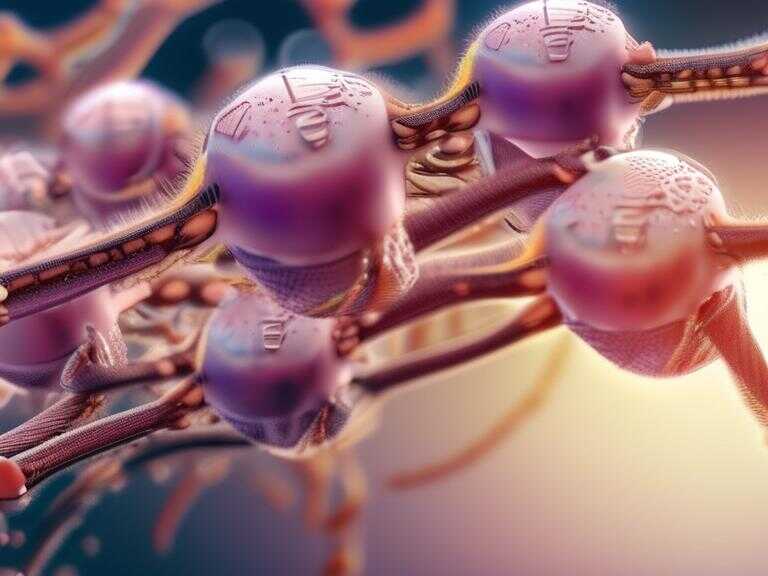
New Species of Sea Slug, Pleurobranchaea britannica, Discovered in U.K. Waters

A remarkable discovery has been made in the waters of the United Kingdom, as researchers from the Centre for the Environment, Food and Aquaculture Science have identified a previously unknown species of sea slug. This surprising find has introduced a new chapter in the study of marine life off the coast of the U.K.
Initial Identification Challenges
Initially, the researchers believed the sea slug to be a known species, Pleurobranchaea meckeli, typically found near Spain and the Mediterranean Sea. However, uncertainty arose as there were no previous records of this particular type of slug in the U.K., prompting the researchers to delve deeper into its identity.
The New Species: Pleurobranchaea britannica
The newly discovered sea slug, now named Pleurobranchaea britannica, measures between two and five centimeters in length, equipped with gills on its side. It was stumbled upon during a routine survey of sea life in southwest England, leading the center to seek out specialists in the field to assist in its identification.
Determination of a New Species
Upon further examination at the University of Cádiz in Spain, experts analyzed the DNA and physical characteristics of the specimen. This analysis revealed distinct differences in appearance and reproductive system compared to other known species, ultimately confirming its status as a new, distinct species – marking a groundbreaking discovery in the scientific community.
Implications and Speculation
The revelation of this new species has significant implications, as it represents the first documented instance of a sea slug from the Pleurobranchaea genus in the waters of the U.K. Scientists speculate that this species could potentially extend its habitat from as far south as Spain and Portugal, all the way through the French coast and up to the southwest of the English Channel.
Fascinating Characteristics of Sea Slugs
Despite their small size, sea slugs possess remarkable traits beyond being prey – they also act as predators. To defend themselves from predators, some sea slugs display the ability to recycle parts of their prey. Furthermore, if they consume toxic prey, they are capable of secreting the poison into their own skin, showcasing their extraordinary adaptations.
Insights from Ecologists and Analysts
Ross Bullimore, a marine ecologist involved in collecting the specimens, expressed excitement over the discovery, emphasizing the significance of such findings in expanding our understanding of the marine ecosystem. Additionally, Hayden Close, a seabed analyst and modeller at the center, highlighted the value of these surveys, underlining the ocean's vast unexplored mysteries, even in seemingly well-explored regions.
Share news















